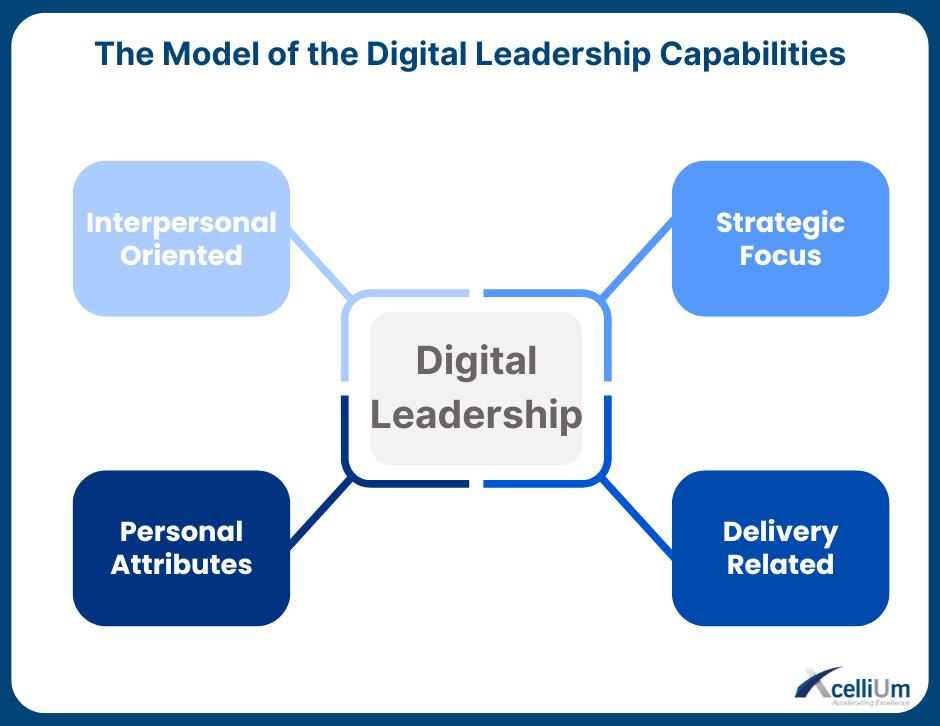Mitigating the Challenges of Introducing Technologies to the Workplace Successfully
- Nina Keyrouz
- Jan 30, 2024
- 3 min read
Updated: Jul 20

Views from the Manufacturing Frontline: Workers’ Insights on How to Introduce New Technology Report
This report published in January 2024, is a collaborative effort between the World Economic Forum, the University of Cambridge, and members of the Manufacturing Workers of the Future initiative. It sheds light on the importance of inclusion and effective management of change in achieving efficient and effective technology introductions. It also draws insights from frontline workers on the shop floor, a perspective often overlooked, making it valuable in addressing the challenges faced by manufacturers in today's rapidly evolving landscape.
Based on over 85 interviews with frontline workers across diverse industrial sectors in the US, Europe, and Asia, the study encompasses a range of roles and technologies. It underscores the need to incorporate shop floor workers' insights, who are the end users of these technologies, to enhance technology adoption, leading to increased employee retention, elevated job satisfaction, and measurable returns on investment.
The Key Themes across this report highlight the following:
Challenges in Manufacturing: Manufacturers are grappling with several challenges, including customized product demands, skills gaps, and demographic shifts. To tackle these issues, companies are integrating advanced technologies like extended-reality headsets, exoskeletons, and cobots to assist their workforce. Effective human-machine interaction is critical as technology integration accelerates.
The Role of Frontline Workers: While prior research has predominantly focused on management perspectives and adoption frameworks, this report underscores the necessity of including insights from shop floor workers. Their perspectives are vital as they are the end users of these technologies. Involving workers and considering their views can enhance technology adoption, yielding positive outcomes.
Actionable Insights from Interviews: The interviews yielded valuable insights that address three critical phases of technology introduction:
Preparation Phase: Managers should help workers understand the broader picture, emphasizing the benefits for all stakeholders and involving them proactively in technology trials, idea contributions, and risk assessments.
Implementation Phase: Managers should establish realistic timelines, cater to diverse learning needs, involve operators in contingency planning, and provide ongoing support. Designating super users or technology champions can be advantageous.
Post-Implementation Phase: Managers should adopt a long-term approach, monitoring feedback, updating training resources, onboarding new employees, and acknowledging successes. They should leverage workers' insights to explore new technology applications and innovations.

We recommend these (3) actionable items from the findings of the research for companies to apply and improve their adoption of New Technologies:
Actively engage employees to understand their broader needs beyond technology.
Create robust transformation frameworks prioritizing human-centric, sustainable, and effective technology introductions and ensure these frameworks enhance employee well-being and potential.
Adopt an integrated and collaborative approach involving knowledge sharing among peers to ensure the best outcome and drive positive changes and enhance workforce well-being in the manufacturing sector.
Leveraging the Shingo Model to craft a Culture that supports and speed up effective Technology Adoption in Organization
A robust Excellence Framework such as the Shingo Model and its 10 Excellence Guiding Principles can play a pivotal role in supporting internal technology adoption and cultivating a positive organizational culture as it creates a culture that embodies the following characteristics:
Clear Communication and Alignment
Inclusivity and Collaboration
Continuous Learning and Development
Recognition and Rewards
Transparency and Accountability
Adaptability and Flexibility
Employee Well-Being

The Shingo Model encourages inclusivity and collaboration by involving employees in decision-making and empowering them. The Model helps organizations also to establish accountability measures, promoting trust, reducing conflicts, and creating a transparent, accountable work environment.
In summary, a robust adopting the Shingo Model as the Excellence of Choice for manufacturers can support technology adoption and create a positive internal culture by emphasizing clear communication, inclusivity, continuous learning, recognition, transparency, adaptability, and employee well-being. By aligning technology adoption with these cultural elements, organizations can effectively integrate new technologies while maintaining a productive and positive work environment.
Interested to know more about the Shingo Model and how it can support your digital transformation plans, contact XcelliUm Team at info@xcellium-consult.com
Reference:
Horn, J Bohne, T.,Basso, M.and zanolla, F., Views from the Manufacturing Frontline: Workers’ Insights on How to Introduce New Technology, World Economic Forum, Janunary 2024
Nancy Nouaimeh
Culture Transformation and Organizational Excellence Expert






Comments